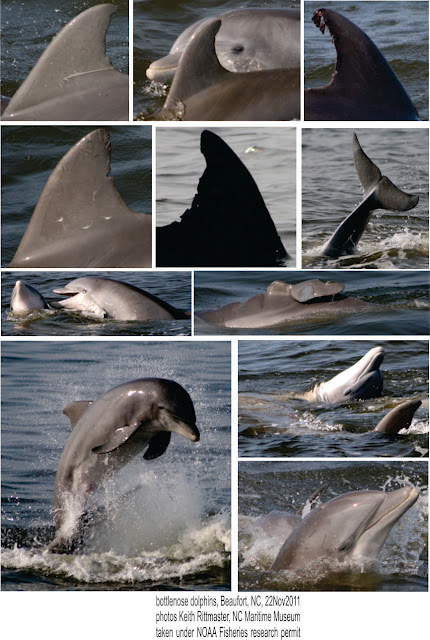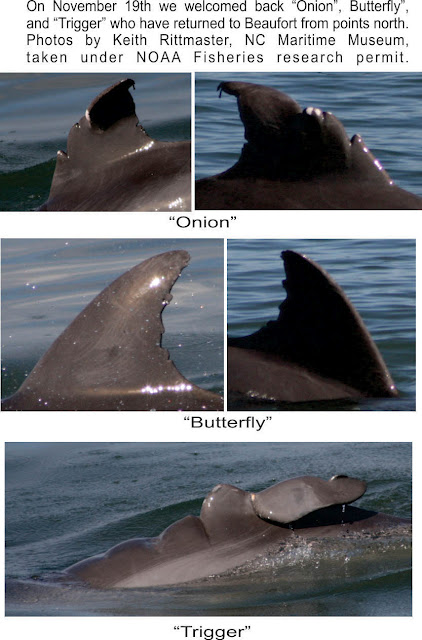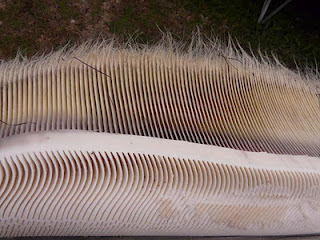MOST IMPORTANT – this article is just for your interest because it is illegal for anyone without an official government permit to possess any part of a marine mammal. This piece of baleen is legally permitted.
As I was preparing to unfreeze and condition an entire rack of baleen from a minke whale that stranded in Cape Lookout Bight , I knew 3 things:
1. I didn’t want it to smell
2. I wanted it to retain its beautiful white color
3. I wanted it to remain as flexible as possible
I found less definitive information than I expected but what I did find was fascinating.
-Baleen is fine textured creamy white with pure white bristles
-Baleen is made of keratin – animal protein. The hair-like structures of baleen are actually small tubules composed of concentric, alternating layers of keratin and hydroxyapatite. Keratin is the same tough protein found in fingernails, and hydroxyapatite is the same mineral that makes bones strong. Using Hair conditioner with keratin will help maintain flexibility in both plates and fringe
This link seemed to be a ‘hair conditioner’ as pure as any I found with a substantial amount of keratin.
PREPARATION OF MINKE BALEEN
To clean and prepare:
-Baleen is not soluble in water but it can be softened in hot or boiling water
- Soak in fresh water for at least 3 days (checking to confirm water is not evaporated) and longer if it has been frozen. Then wash in hot soapy water
- A toothbrush is a good size tool and if the baleen pieces are held apart it is easier to get at the side near gums, so blood vessels, fat, debris, tiny critters and flesh can be completely cleaned away.
- Rinse well with fresh water
- While drying, to keep from warping, either attach to a board or put under pressure of weight. Fans will help speed drying but even so it will probably take at least several weeks.
Important technical details:
The factors that cause deterioration of baleen are the same for hair, horn, wool, and feathers, and they are:
1. Water softens and swells the fibers (making the baleen easier to split and
weave).The higher the water temperature, the faster the rate of degradation.
2. Heat induced oxidation; greater than 302° F causes bond cleavage.
3. The alcohols methanol, ethanol and n-propanol cause swelling; isopropanol
causes contraction. In both cases a chemical change (called esterification) occurs.
4. Oxidizing agents (hydrogen peroxide) and reducing agents (used in permanent
waves) cause degradation.
5. Acids less than pH4 and alkalies cause degradation
6. Physical abrasion causes deterioration.
After cleaning protect baleen (and feathers, horn, hair, and wool) from intense light and heat, rough handling, wetting by water or alcohols, and acidic or alkaline solutions.
Compiled by Brooks from multiple sources and photos by Brooks.
.





